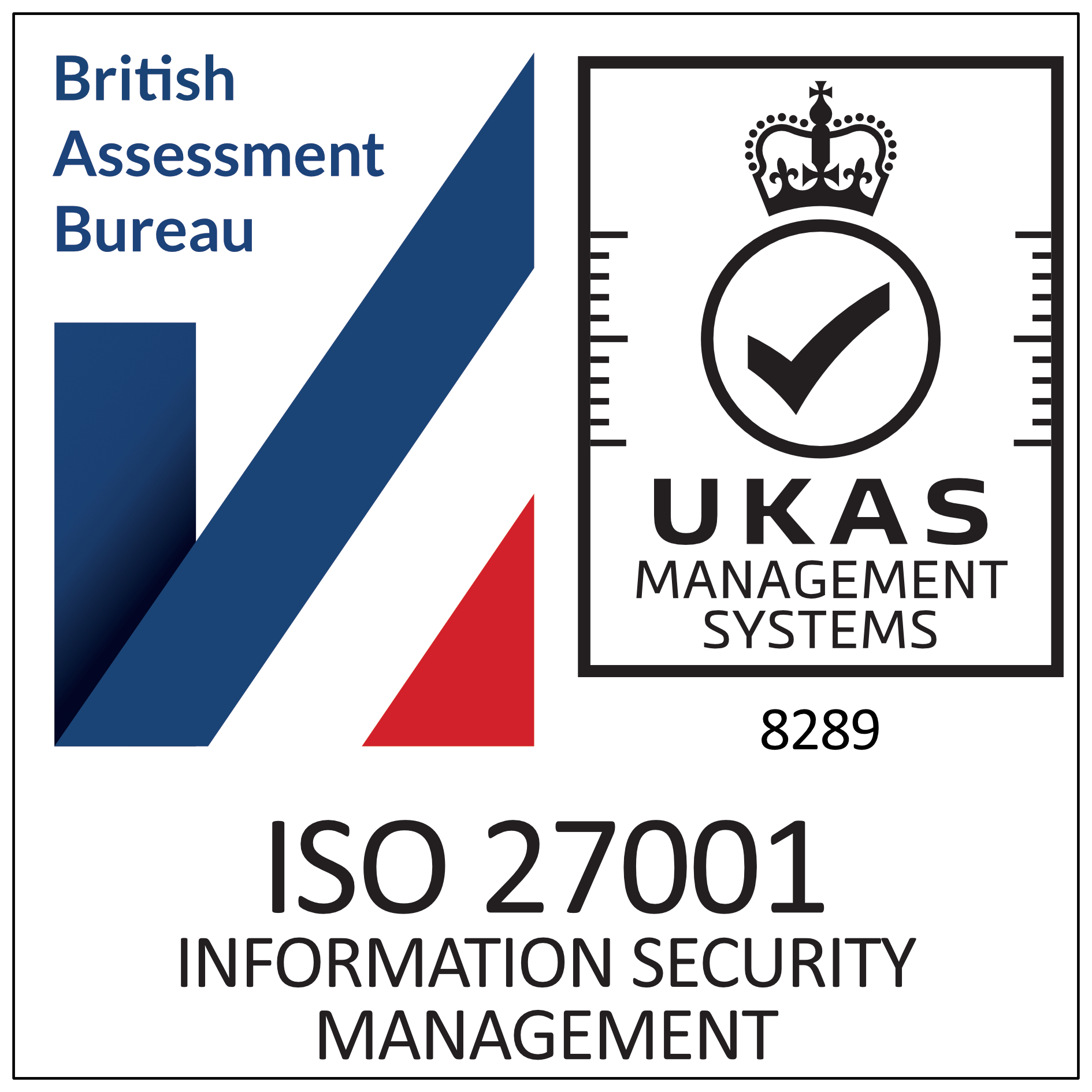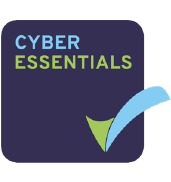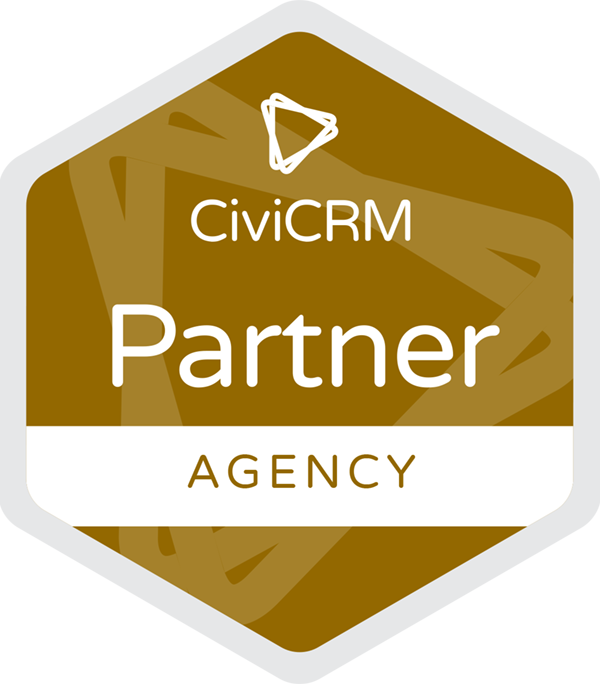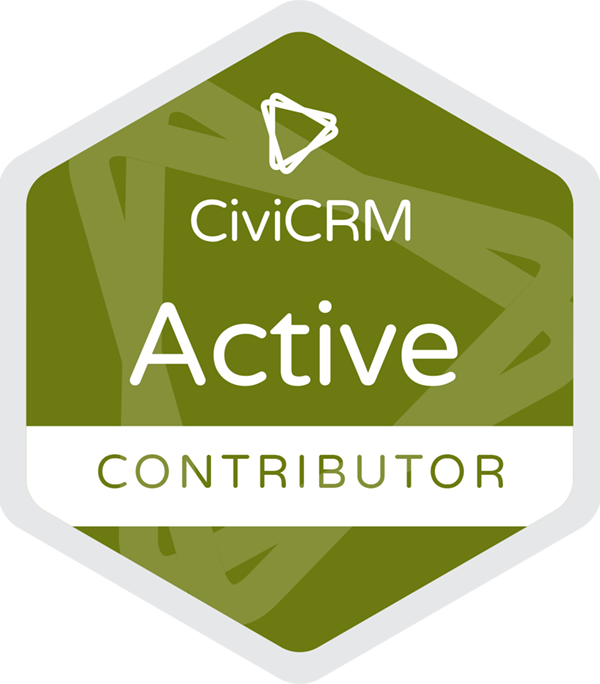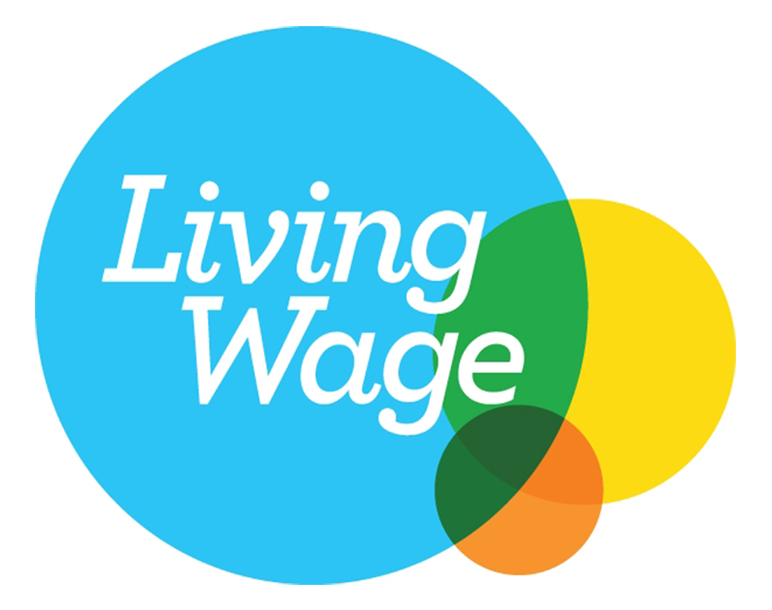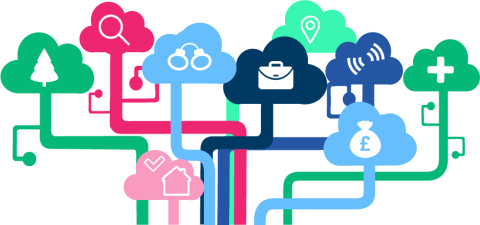
As we're about to launch our new affordable Data Analytics Service for the Third Sector, we're continuing to bring you information about all things data related. You can read about the benefits of data analytics here, or find out how to get the most out of your data here. Our Data Analytics page has links to interactive dashboards which demonstrate the power of visualising your CiviCRM data and combining it with Open Data.
What Is Open Data?
It is publicly available data that can be freely used, modified, and shared by anyone. The movement towards Open Data represents a pivotal opportunity for third-sector organisations to enhance their services, foster innovation, and drive social impact.
The UK government and various public sector organisations have made strides in making a wide array of data sets accessible through platforms like data.gov.uk. This data encompasses critical sectors such as health, education, transportation, and the environment, providing a rich resource pool that third-sector organisations can tap into to inform their programs and initiatives.
CiviCRM provides a solid foundation for understanding an organisation's activities and users. The addition of open data enriches this understanding by adding layers of external context, enabling a deeper analysis of how an organisation's work aligns with broader social, economic, and environmental dynamics.
A well-designed data visualisation dashboard brings this integrated data to life, offering immediate, actionable insights that can drive strategic decisions, enhance impact, and demonstrate value to stakeholders, funders, and the communities served.
You can experience the power of combining CiviCRM data with Open Data in our demonstration analytics dashboard. You can explore the data further and test drive CiviCRM in our CiviCRM public demo site.
Some Examples of Open Data:
Demographic Data describing population characteristics helps organisations to understand communities, identify needs, and tailor their services accordingly.
Health Data
Data related to healthcare services, and public health issues can enable organisations allowing them to target interventions and track their impact over time.
Geospatial Data
This enables you to compare the areas you are targeting with areas of specific need. Maps and geospatial data are vital for a wide range of applications, from planning services and events to disaster response and environmental monitoring. This data also helps enables organisations to visualise other data and make decisions based on geographic factors.
Economic Data
Includes economic indicators, poverty rates, and employment statistics. This can help organisations combating inequality and supporting economic development.
Environmental Data
This data is useful to organisations focused on climate or sustainable development. Environmental indicators are crucial for tracking change and advocating for policy change.
Transportation Data
Data related to transport networks and infrastructure can support organisations working to increase mobility and access to services.
Government Spending and Budget Data
This data is invaluable to organisations wishing to understand how public money is being spent. Publishing it helps campaigning organisations to hold authorities to account and it helps them to advocate for specific funding.
Cultural and Educational Data
Open data on cultural assets, educational institutions, and public libraries can support organisations working in the arts, culture, and education sectors, helping them to promote access, participation, and lifelong learning.

